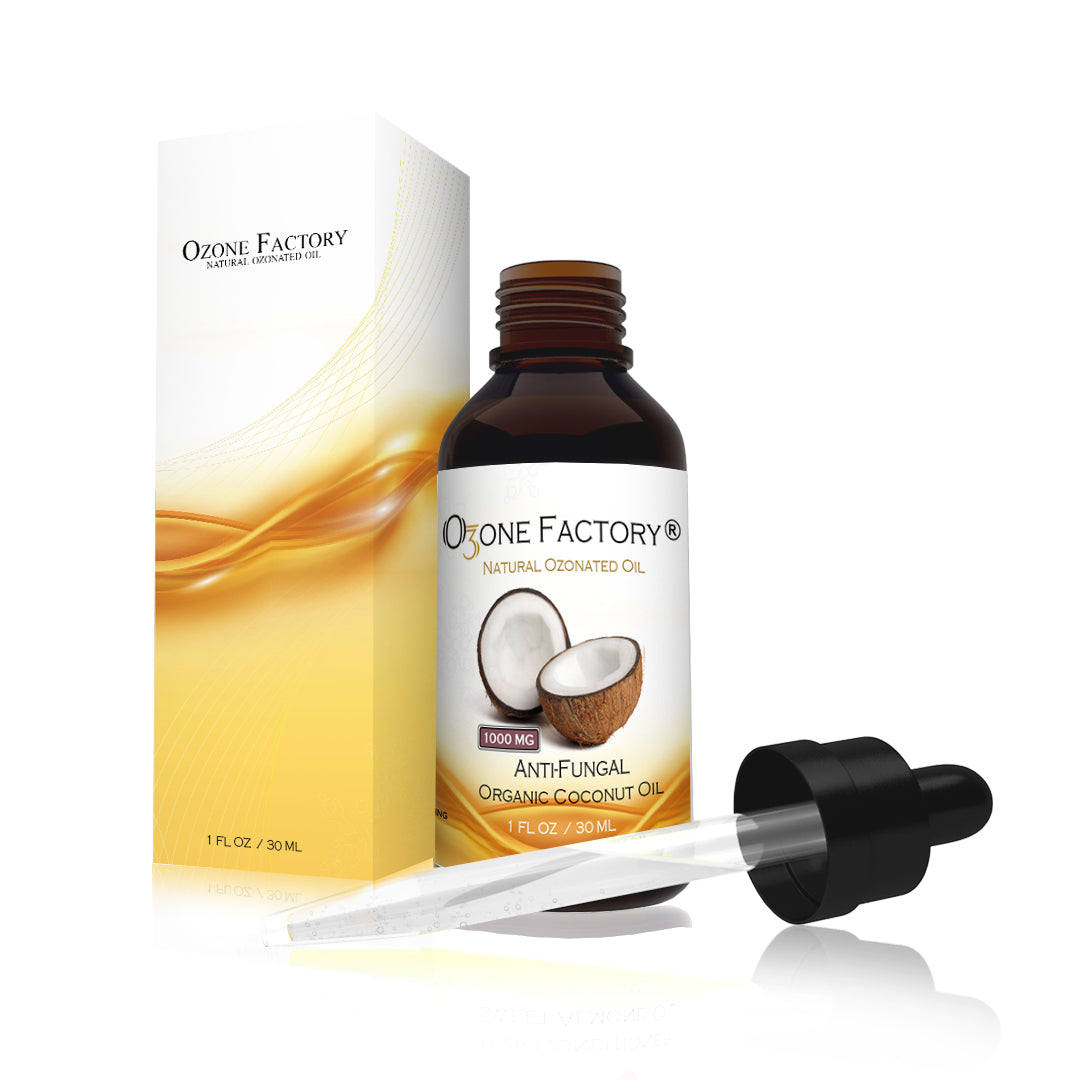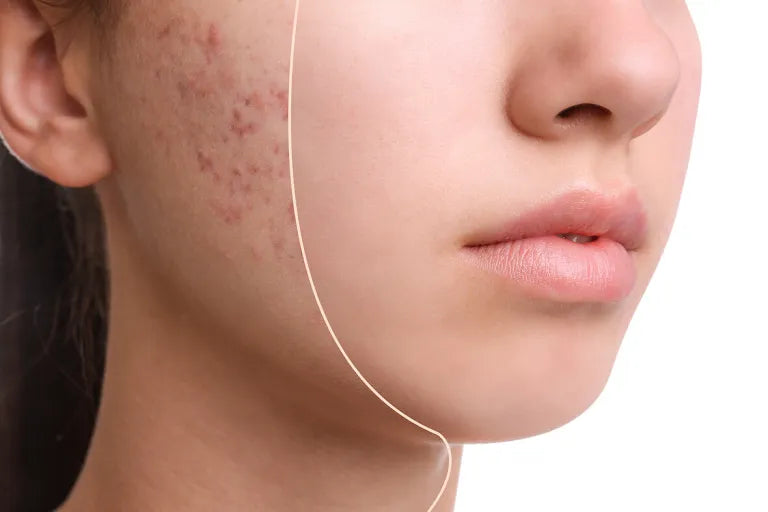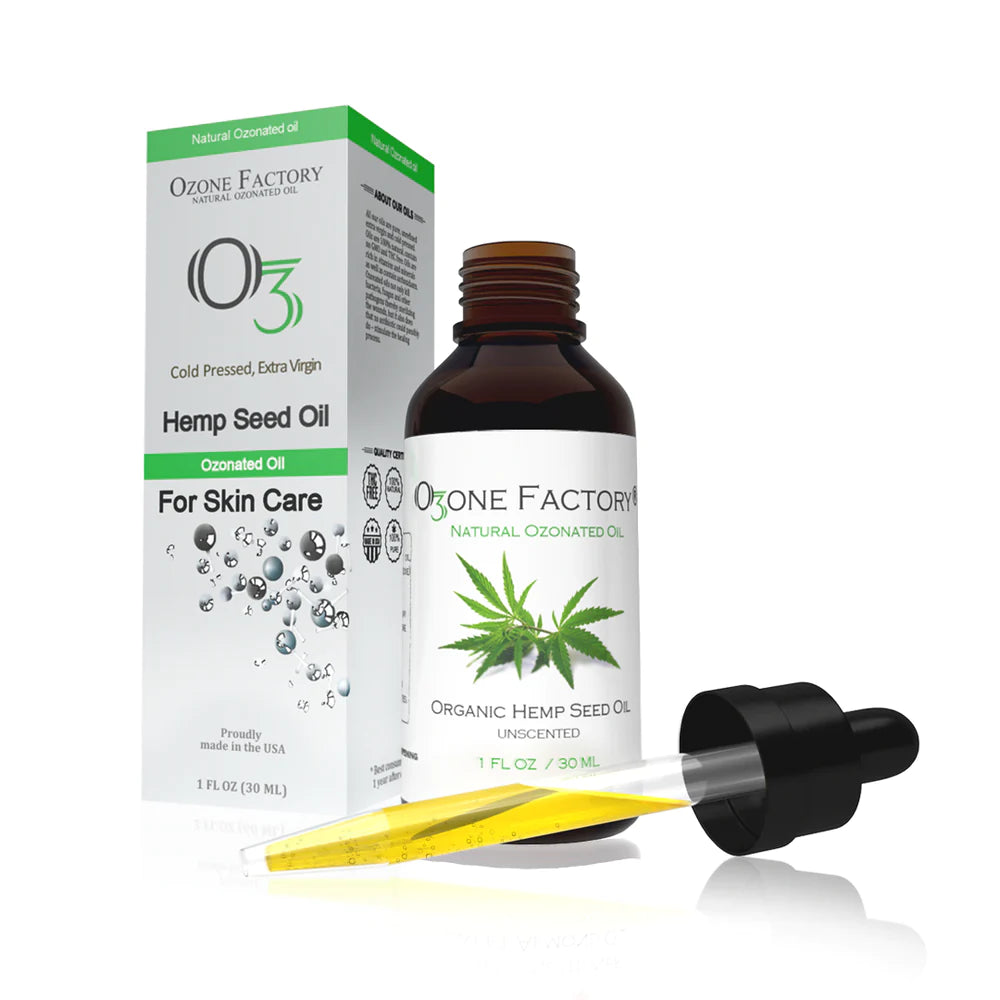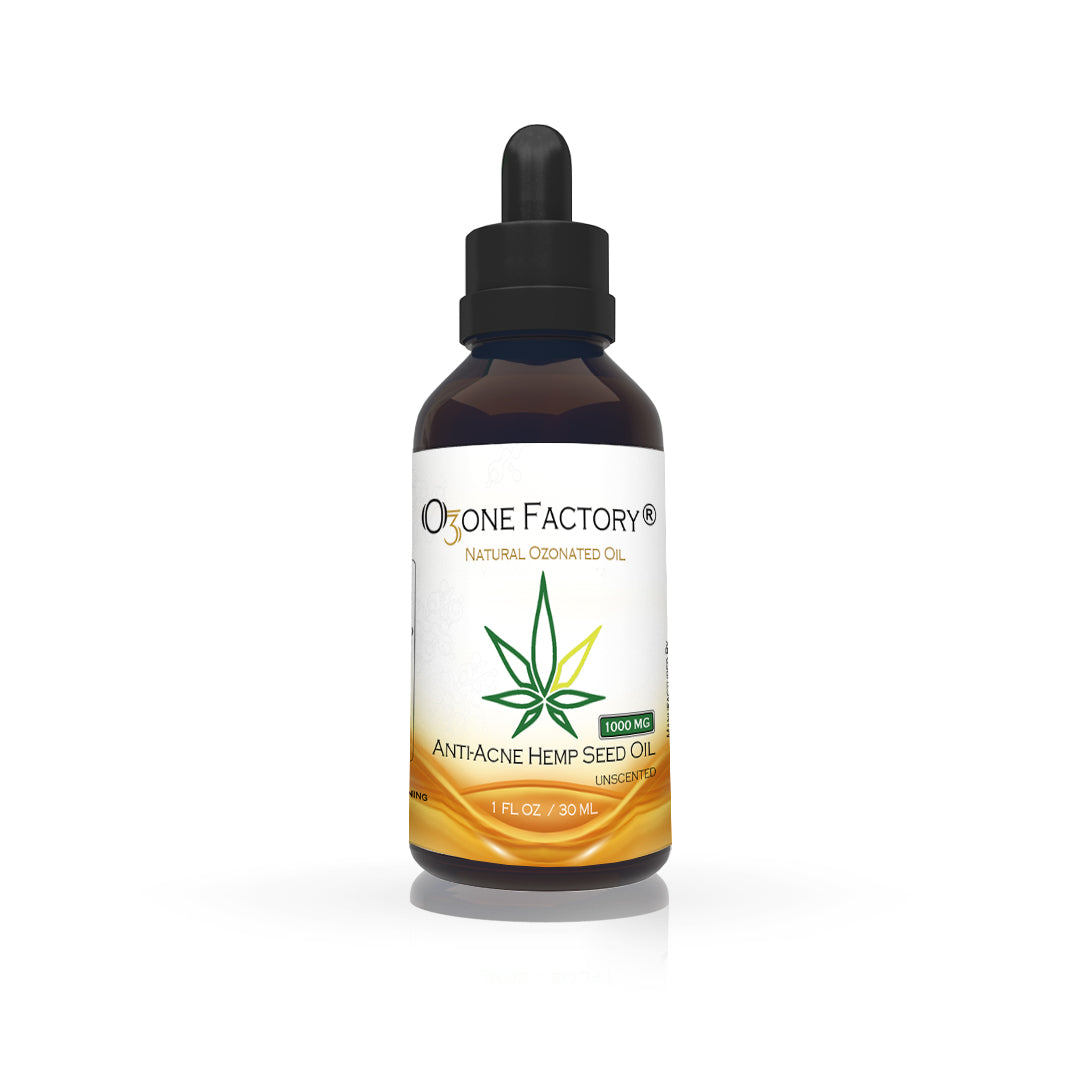Leishmaniasis is one of the main health problems in developing countries, caused by intracellular protozoan parasites of the Leishmania genus. Although research has been successful in discovering vaccines and anti-parasitic drugs like antimony compounds, their side effects like high toxicity, prolonged regeneration, etc., have raised the replacement importance of natural products with antioxidant and antibacterial properties. It can be said that an appropriate alternative to this is the ozonated olive oil. Ozone by introducing O2 in involved tissues and bloodstream could degrade parasite amastigotes and lead to cleared leishmaniasis infections.

Leishmaniasis is a disease caused by a protozoan parasite called Leishmania, which is transmitted by female sandfly bites (Phlebotomus and Lutzomyia genera) and includes cutaneous, visceral, and mucocutaneous forms. The disease has affected more than 12 million people in the world. Cutaneous leishmaniasis (CL) is the most common form of leishmaniasis, caused by Leishmania tropica and Leishmania major. Promastigote forms of parasite live in the gut of carrier flies and when they are biting, they get into the injection site and within the phagolysosomes of host macrophages are converted to amastigotes that activate the host cellular immunity response. In the site of the bite, the nodule is caused by the accumulation of lymphocytes, plasma and macrophage cells, and injury caused along with swelling which will last from a few months to years. However, cutaneous ulcers without antiparasitic treatment also recover after a few months, the major problem is ulcer duration and scars that remain visible for life after healing. Common drugs (pentavalent antimonials) have side effects such as high toxicity, which led to introduction of new and effective therapies.

There are several reports on the healing properties of the herbal oils. There are about 300 known essential oils with anti-viral, fungal, bacterial, and parasitic properties that have commercial importance for pharmacy, agriculture, food, and more. One of the herbal oils is olive oil (virgin). This oil is produced by pressing whole olives, and contains oleic acid (fatty acid with a double bond), vitamin E, and oleuropein (a chemical compound that may affect LDL particle oxidation). A study reported that a mixture of honey, wax, and olive oil could reduce skin inflammation resulting from psoriasis and eczema through the anti-oxidant and anti-inflammatory properties of Oleuropein and prevent the growth of Candida albicans and Staphylococcus aureus. Olive pomace oil is olive oil that is extracted from olive pulp after the first press and is traditionally produced and consumed in Spain. This oil contains large amounts of sterols, tocopherols, waxes, triterpenes, and fatty alcohols (tetracosanol (C24), hexacosanol (C26), octoxane (C28), and doxanel (C22)) with biological activity.

Reducing the secretion of eicosanoid (an inhibitor of the phospholipase A2 activity) by long-chain fatty alcohols suggests that olive oil fatty alcohol may have a protective role against inflammatory agents. They also reduce the production of prostaglandin E2 and TNF-α and significantly decrease the production of thromboxane A2 in peritoneal neutrophils of rats stimulated with calcium A-2318Vionopnore. Considering the antimicrobial properties of olive oil, it seems that this compound can be effective in the treatment of leishmaniasis. Ozone therapy is another drug therapy that increases the oxygen amount in the body. Ozone is a strong oxidizing agent against gram-positive and negative bacteria, viruses, protozoa, and bacterial and fungi spores that is used in the rapid healing of wounds, immune stimulation, treatment of all cancers and infections, etc. Ozone destroys the bacterial cell coating through the oxidation of phospholipids and lipoproteins and prevents cell growth in certain phases. In viruses, it also damages viral capsids and disrupts reproductive cycles through peroxidation.

Ozone as a powerful disinfectant for the skin is effective in the removal of protozoan infections such as malaria, giardiasis, trypanosomiasis, and visceral leishmaniasis by secreting oxygen into the bloodstream. Ozone increases the amount of glycolysis in the red blood cells by stimulating 2-3 diphosphoglycerate, resulting in an increase in the amount of oxygen in the tissue. Ozone also activates the Krebs cycle by increasing oxidative pyruvate carboxylation, which stimulates the production of ATP. Ozone can keep the cell from free radical damage by stimulating the production of superoxide dismutase and catalase and glutathione peroxidase (cell wall enzymes). Ozone can be absorbed slowly in high amounts through the skin and oxidizes toxins to be expelled through the skin rather than stored in the liver. In addition, ozone stimulates the immune system to clear the veins and arteries and reduces inflammation and pain by stimulating the production of hormones and enzymes to normal levels. Also, ozone decomposition in inflamed tissues increases oxygen availability, the activity of NFββ transcription factor, and levels of TGF-β2, which leads to the improvement of local metabolism and tissue reproduction and mucosal or cutaneous repair. Therefore, ozone therapy is particularly effective for bed sores, ulcers, burns, and incurable wounds. Ozone is stabled with bonding in the molecular structure of olive oil and it will have a relatively long half-life of 3 to 6 months by storing ozonized oil at low temperatures (4 °C). Ozonized olive oil retains a small amount of ozone on the skin for a long time and damages the growth of microorganisms, therefore, it can have potential therapeutic effects in preventing secondary infection of surgical wounds, eczema, psoriasis, herpes simplex, acne, etc.

Plant extractions such as olive oil with high killing effects on Leishmania parasites and low cytotoxicity for human cells are favorable and promising candidates for CL treatment. Kyriazis and colleagues in 2013, investigated the anti-amastigote and promastigote activity of oleuropein and hydroxytyrosol in olive leaf and olive-mill waste and showed that both have inhibitory effects in the logarithmic and stationary phases of L. infantum, L. donovani, and L. major promastigotes. Also, oleuropein has shown an anti-Leishmania effect in a mice model as the parasite burden of the spleen decreased, and this effect was sustained even after 6 weeks of follow up. Another study in 2014, revealed oleuropein’s nontoxicity and apoptosis and anti-proliferative effects on Leishmania promastigotes in comparison with pentastom.
Also, ozone has been shown to have powerful and reliable therapeutic effects against bacteria, fungi, protozoa, and viruses, as the oxidant potential of ozone induces the destruction of the cell walls and cytoplasmic membranes of bacteria and fungi. During this process, ozone attacks glycoproteins, glycolipids, and other amino acids and inhibits and blocks the enzymatic control system of the cell. The degradation of nucleic acid was parallel to what happened to enzymatic activities. This leads to an increase in membrane permeability that plays a key role in cell viability, leading to prompt functional cessation. It lets ozone molecules penetrate the cell resulting in microorganism death. In one study in 2015, researchers worked out ozone therapy for radiation reactions and skin lesions after neutron therapy in patients with malignant tumors and showed ozone therapy safety and increased efficiency of complex treatment of these patients. Furthermore, in 2016, Rosul and Patskan reported the positive effect of ozone therapy along with surgical treatment among 47 patients with stages I and II of diabetic foot in terms of the treatment duration and wound process, promoting the improvement of lipid peroxidation and antioxidant protection indexes.
Although ozone therapy requires the gaseous form to be more effective, it has been proposed that the base oils such as olive oil, during the ozonation processes can engage O3 in the form of a stable ozonide. The reaction of ozone with olive oil occurs almost exclusively with c-c double bonds present in unsaturated fatty acids and when this ozonide encounters the warm exudates of the wound, they slowly disintegrate to reactive ozone and readily dissolve in water and produce several oxygenated compounds such as hydroperoxides, polyperoxides, aldehydes, ozonide, and diperoxides that have antimicrobial and stimulatory activities on ulcerated chronic wounds. Also, ozone therapy with changing cell types and release of cytokines modulate the complex healing process.

Rajabi et. al. obtained positive biological effects with ozone saturated olive oil in L. major promastigotes and infected mice, as the mortality rate of parasites increased significantly after using oil. Also, the use of this substance in mice with CL ulcers led to reduced wound size in comparison with the control group. Moreover, Rajabi et. al. showed significant differences in parasite survival percentage between ozonated olive oil and non-ozonated olive oil, at similar concentrations (P<0.001) and the leishmanicidal effect of ozonated olive oil was more effective than glucantime (1). Furthermore, the therapeutic effect of ozonated olive oil has been investigated on other ulcers. For example, researchers in 2009 assayed therapeutic effects of topical application of ozone on acute cutaneous wounds of sixteen female guinea pigs. Their results showed that the ozonated olive oil significantly enhances the healing effects on acute cutaneous wounds as compared to the oil as well as the control groups. As on day 11, all of the wounds completely reepithelized irrespective of treatments. The ozone group showed a significantly smaller wound size than the oil group on days 5 (P<0.05) and 7 (P<0.01) (2). At 2013, a study used topical ozonated oil on an exophytic enlarged gingival lesion, and the therapeutic benefits were obtained after one-week. The morphometrical analysis revealed a reduction in the mean area (from 108.64 mm2 to 96.35 mm2) of the gingival lesion after the application of ozonated oil (3). In 2016, the efficacy of ozonized olive oil was evaluated in the treatment of oral lesions and conditions of 50 patients (aphthous ulcerations, herpes labialis, oral candidiasis, oral lichen planus, and angular cheilitis).

The good effects of ozonated olive oil suggest that ozone therapy can be used either in monotherapy or in combination with other drugs for repairing lesions of leishmaniasis and even other ulcers.















This is another testimony on how Chief Dr Lucky cured my HIV disease. Do you need a cure for your HIV disease? Do you want to be cured from your cancer disease? Or you want to be free from any type of disease. Kindly visit https://chiefdrluckyherbaltherapy.wordpress.com/ . He just cured my HIV disease and I’m very grateful to him, he is the only herbalist that can cure you.
WhatsApp number : +2348132777335
Via Email : chiefdrlucky@gmail.com
Thank you all for reading,
God bless"